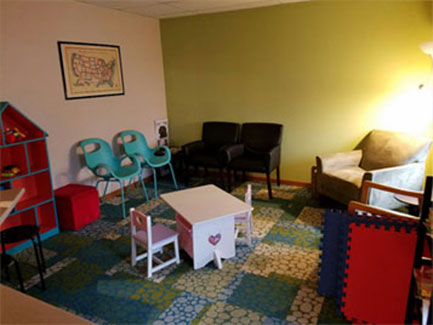So many of us are not comfortable with expressing our anger or sharing what our needs are so we resort to passive aggressive behavior in an attempt to communicate what we are feeling or what we want. Problem is, this behavior does not get our needs met and it usually brings distance to a relationship rather than closeness. What is passive aggressive behavior? A definition is a pattern of behavior where you where one reflects hostility or resentment through indirect means.
The bottom line is that we do not feel that we can express ourselves directly or we don’t know how too, but our feelings come out in other ways: procrastination, “forgetting”, sarcasm, not doing things well, talking behind people’s backs, etc. Some examples from my personal life is my mother, who always had a difficult time saying how she felt, would get sick or have a headache (like clockwork) when an event approached that she did not want to go to, but felt like she couldn’t say no.
Passive aggressiveness is not only about inability to express anger, but also a more general message “I can’t directly state what my needs/feelings are so I have to try to get them met/heard in other ways”. Often, the person learns through experience that their needs won’t be met, or their feelings are not important- to change this it can be skill-building (in effectively expressing ourselves) or deeper issues of “my needs are not important”.
Most of us have displayed passive aggressive behavior at some point in our lives and some of us use it on a regular basis! I have used avoidance as a coping mechanism, which can be very passive aggressive, depending upon the circumstances.
A word of caution about sarcasm:
Sometimes, not always, it’s a way to indirectly express how you feel, in usually a negative way that can harm the relationship. If your partner/child/friend doesn’t like your sarcasm, it’s probably a sign to tone it down.
Here are some questions to reflect upon regarding expressing your feelings and needs:
- Is it difficult for you to express what your needs/feeling are
- Is conflict very difficult for you, and you prefer to avoid it?
- Do you use a LOT of sarcasm, and it’s been noticed and mentioned by others?
- Do you talk behind other’s backs a lot instead of directly telling the person whom you have an issue with?
- Do you often agree to do something, then find a reason to back out later (knowing that when you said yes, you really wanted to say no)?
- Are you often told by others that you procrastinate, or do jobs poorly on purpose?
What to do if you recognize that you have some passive aggressive personality traits?
– Stay calm, many of us do! It’s great that you can NAME what the behavior is, acknowledge that it is related to not expressing our feelings/needs, make a commitment to yourself that you will make steps in letting your needs be known, even when it’s uncomfortable (and it will be very uncomfortable at first) in a direct honest way. Do you not know what would constitute direct and honest way of expressing yourself? Then get some books on communication and practice building those skills! If you think you have some deep seated beliefs that your feelings/needs don’t matter, you may benefit from individual counseling to explore/heal that part of you.

